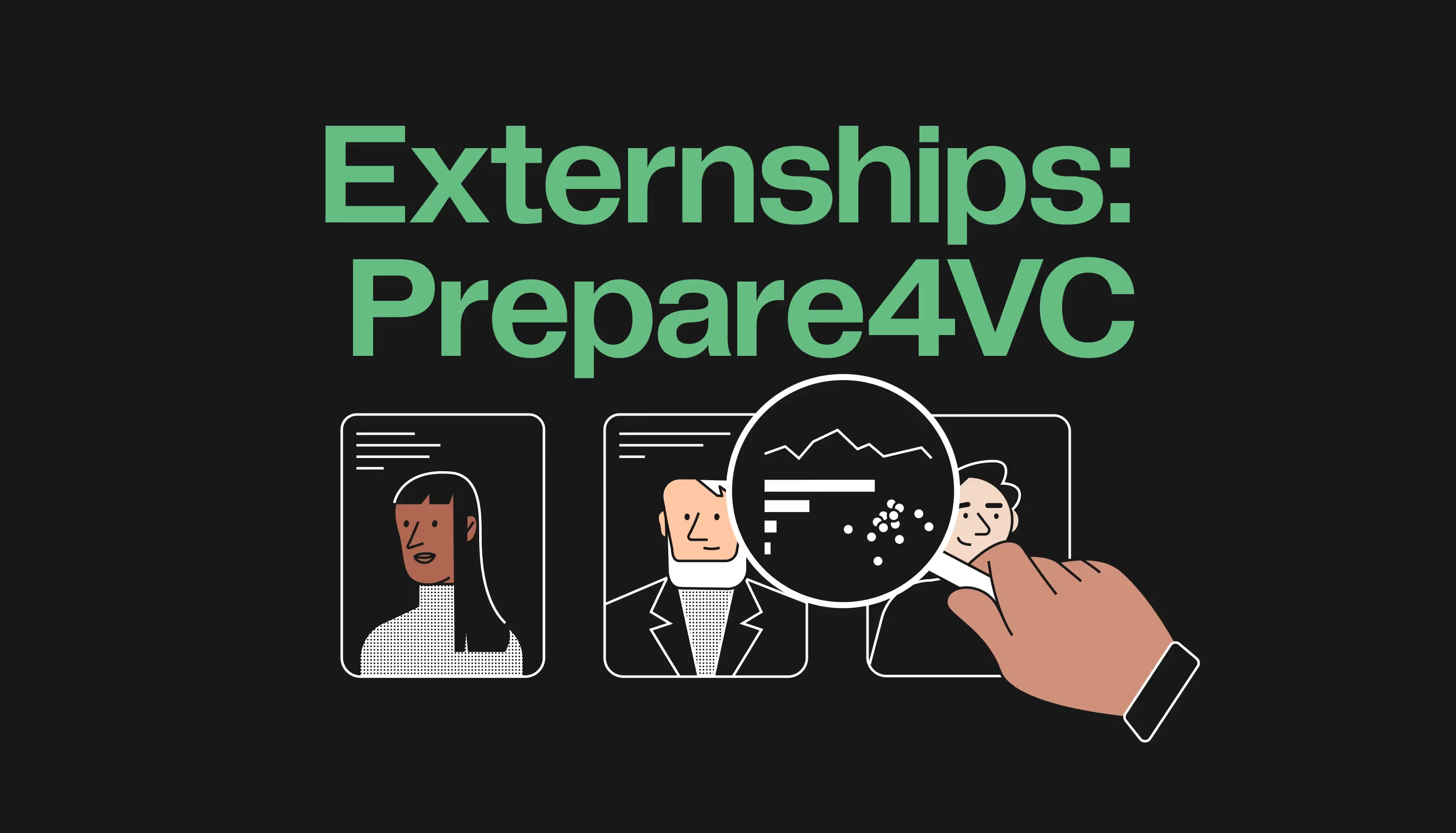During externships, a group of students, backed by a TripleTen externship supervisor and a community manager, work on an actual task for a real-world company to find a solution.
Each externship differs from the others, as it reflects a specific challenge and calls upon a team with specific skills. Read about our students working on externships for Arqlite, Prepare4VC, AllCorrect Games, and Permits.com.
Today, we'll share the TripleTen student team's recent collaboration with EdTonomy, an educational startup that helps teachers venture into an independent teaching career.
Customer
EdTonomy is the first teaching management system that allows professionals to hold private classes and to manage and grow their teaching businesses.
The company was founded during the pandemic, when its CEO Carlo Andreu and his sister, a former school teacher, came up with an idea to create a platform that would make independent teaching possible.
The platform allows curriculum development, facilitates communication between students and parents, and offers essential business management tools. By leveraging technology, EdTonomy empowers educators to reclaim their autonomy and build sustainable careers outside of the traditional classroom settings.
Task
The students were assigned a task to create a support widget within the existing EdTonomy app and add a few more elements to allow customer feedback. “The platform just launched in May,” shares Carlo Andreu, CEO of EdTonomy. “We had the basic foundation for customer care but wanted to bring it to the next level. We wanted to know that our users are being assisted in real time along with a proper introduction to the software. So we imagined this widget being both of those things.”
TripleTen students were given requirements for how the company wanted the widget to work, as well as an understanding of the existing software design and the technical tools used in it.
“Our end users [would get an opportunity to] communicate the issues they see,” says Carlo. “Also, when they first sign up, they would have a mini-hub to get started. That, along with the chat feature and the sticky buttons, will allow them to reach out to us quickly and also share dissatisfaction or satisfaction with the product.”
Process
“We were provided with the design and the key libraries to use as the foundation of the project,” says TripleTen software engineering bootcamp student Christopher Abreu. “We had meetings and standups twice a week. We divided the project into smaller tasks using GitHub projects. Then it was assembled together.”
To deliver the elements smoothly, the TripleTen team broke down the task into six components that each of the students was assigned to. This allowed the technical team to work independently and then incorporate their contribution into the bigger project.
We broke out the user stories into many interdependable components. One person was building a button that would be used in a model that somebody else was building. Josh Horowitz, TripleTen externship supervisor
”We had bi-weekly standups where we checked how things were going, what people were working on, what they had trouble with. We did asynchronous mentoring as well. We met to map out those dependencies. It was really helpful,” shared Josh Horowitz, TripleTen externship supervisor.
The TripleTen team used Jira to track tasks, establish acceptance criteria for each ticket, and link the issues to understand the dependencies. The project mimicked a real-life environment in which technical teams need to work as one to deliver a big and complex piece of software.
Challenges
The student team quickly dived into discussions with EdTonomy on the requirements.
“There’s a very interesting leap that students have to take when they’ve done a lot of work in the program on their own and they’ve built a full web application but have never worked on a team where they would have dependencies or ambiguous requirements from stakeholders. I love to see them taking that transition and helping them out along the way,” shared Josh Horwitz.
Another major challenge was picking up the existing tools and frameworks that EdTonomy was using and seamlessly incorporating the pieces developed by TripleTen students into the client’s software.
“We had our first developer, and we were trying to build a multitude of things at the same time,” remembers Carlo Andreu. “I wanted to find a way that we could hand off one of the projects efficiently.”
In order to work with the frameworks used by EdTonomy, the students had to express-learn Tailwind CSS. “Tailwind is not something we cover in the core program. But it’s typically pretty easy for students to pick up,” explains Josh Horwitz. “I like to include some CSS framework experience in these projects. I've noticed that most of the companies are using some kind of framework these days, and it’s good to have at least one under your belt.”
Another thing that helped the working group overcome challenges, according to EdTonomy, was the professional communication established by the TripleTen team. “We had some consistent communication in the beginning that highlighted our goals and what we imagined the widget to function and operate as. I think TripleTen did a really great job of establishing communication with the team and bringing the project exactly the way we have hoped for,” shares Carlo Andreu.
Results
After working on the components, the TripleTen team merged the project and showcased it on GitHub pages using Storybook, a UI component builder that saves time and can create pieces of an interface without building an entire application.
“In this case, we weren’t building an actual application like we used to. Storybook made sense for showcasing these actual components without building an application to use them,” recalls Josh Horwitz.
The team delivered a chat widget with support buttons, an article questionnaire, and a quick feedback widget to help EdTonomy’s customers report bugs, share their experience, and ask questions. After completing the project, the students presented their work and walked through the methods and tools they used.
“We're so happy with the result. We were surprised by how quickly we went from start to finish with outstanding results. It’s exactly what we asked for. It’s been a wonderful experience working with the TripleTen team and very surprising to see the outcome and the quality of the product for the amount of time,” shared Carlo Andreu.
We have a few things in the pipeline that we’d like to work on with TripleTen again. Carlo Andreu, CEO EdTonomy
Student Feedback
“The task that I was assigned to was the form component and a chat container,” says Christopher Abreu. “This experience has been great for me. I’ve learned a lot. The standup calls, the teamwork, and the new technologies that I’ve learned to develop this project for EdTonomy will definitely help me in the future. As a professional, I’ve learned a lot about how to face and solve problems—and how to help others and ask for help.”
“This seems like a very usable project that EdTonomy can put into production really quickly,” confirmed Josh Horwitz. “The components that the team built are very flexible. We took special care to use the same tooling that EdTonomy already uses. I'm very pleased with how it turned out. Everything just went very smoothly.”
TripleTen also issued a certificate for the students to put on their LinkedIn pages that showcased their work with EdTonomy.
Learn More About Externships with TripleTen
If you’d like to participate in a real work environment, boost your teamwork skills, and get experience that will help you build out your job search portfolio, check out TripleTen's externships. All TripleTen students are eligible to enroll once they feel confident in their skills and knowledge.
If you’d like to learn more about this externship project with EdTonomy and see the students’ presentations, check out this video.













.avif)

